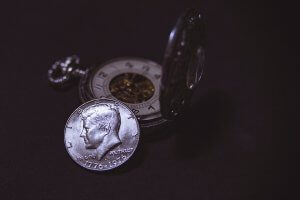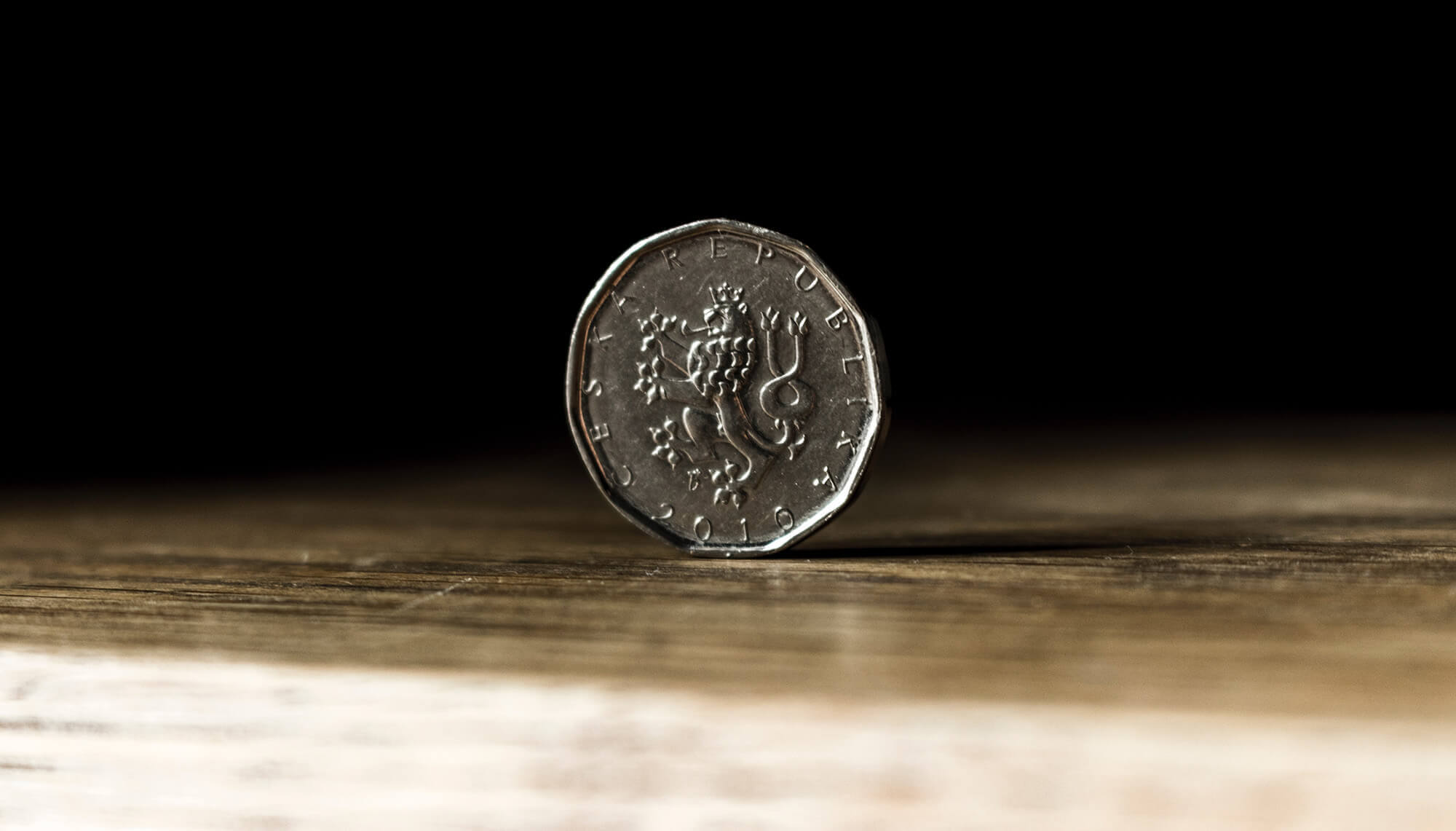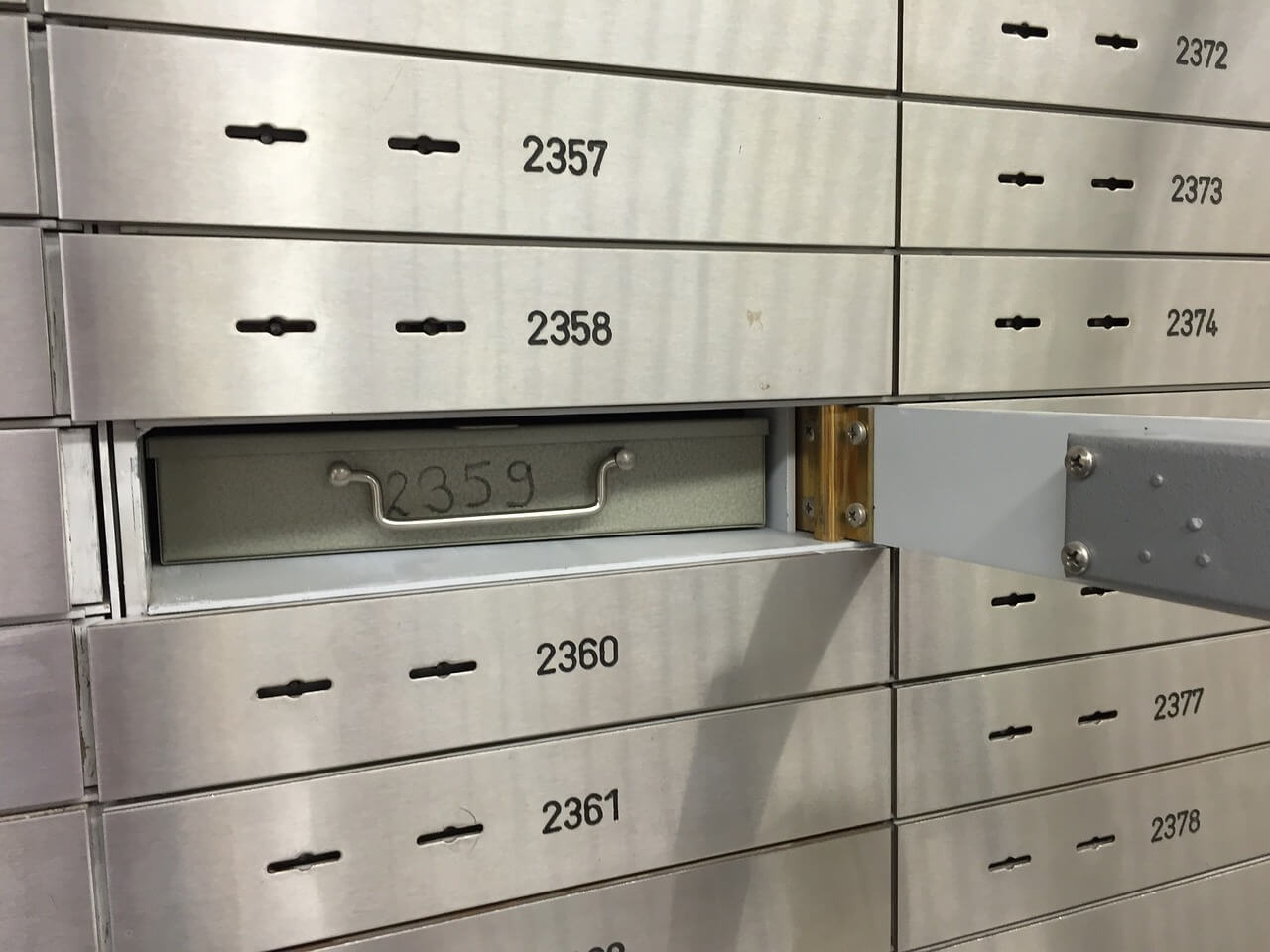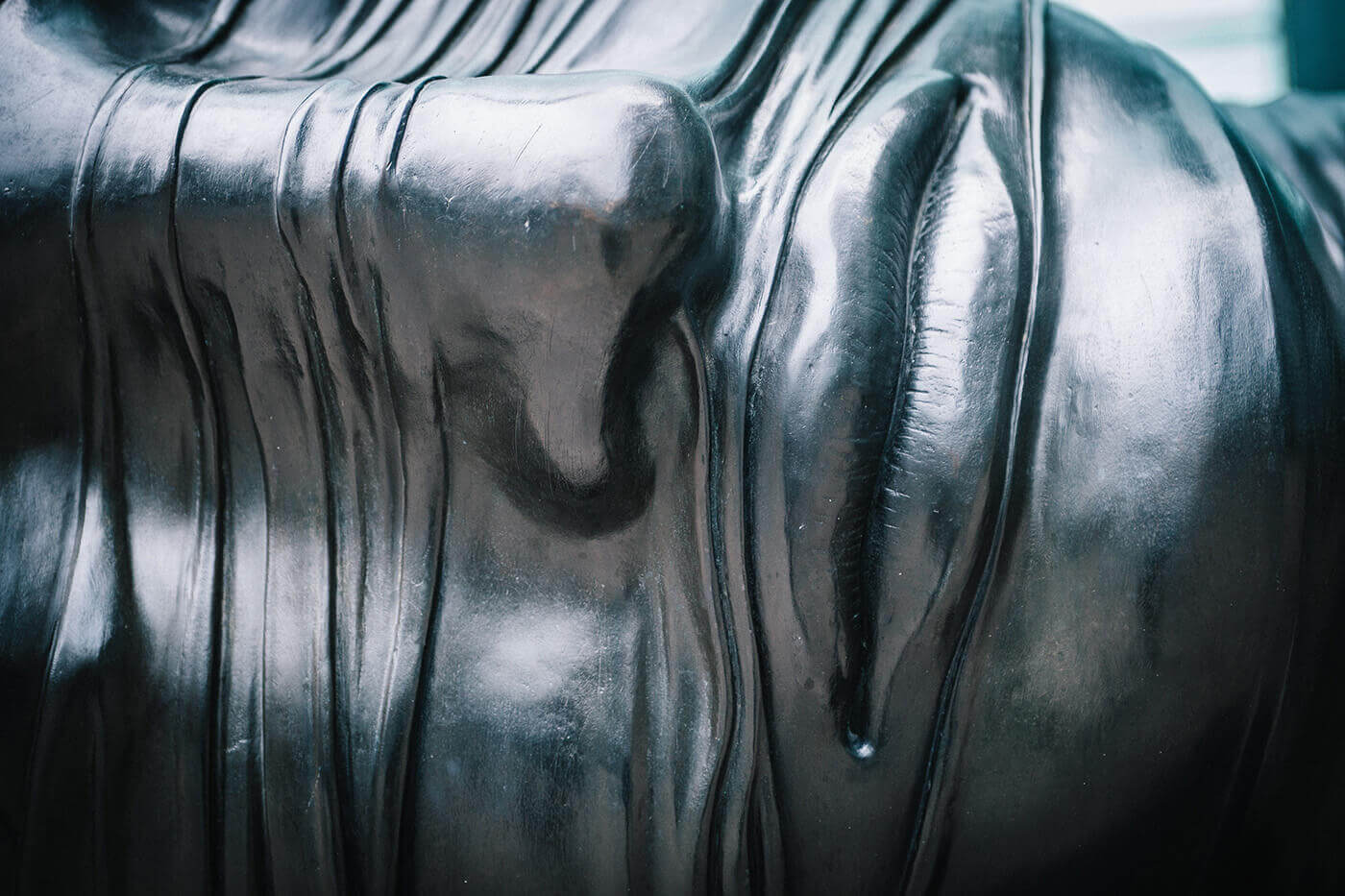“Palladium is a special precious metal that has become one of the most sought-after investment opportunities in recent years. But what lies behind the performance of this metal? Learn more about the exciting history of palladium and its price history! Join us on a journey through the history of this enchanting precious metal and learn more about its performance and the factors that influence its price.
Inhalt
- 1 Introduction to Palladium Price History
- 2 Development of Palladium Prices since the Year 2000
- 3 Factors Affecting Palladium Prices
- 4 The impact of global demand on the price
- 5 How the macroeconomic situation affects the price of palladium
- 6 How geopolitical factors affect the price of palladium
- 7 How technological advances affect the price of palladium
- 8 A look into the future: What can we expect?
- 9 Conclusions and conclusion
Introduction to Palladium Price History
So, you’ve decided to learn more about the history of palladium prices! That’s a great decision, because this precious metal has a fascinating history. Palladium was first discovered by William Hyde Wollaston in 1803 and has since been an important component of the jewelry and automotive industries. In the 1970s, demand for palladium increased due to environmental regulations restricting the use of platinum in catalytic converters. Since then, the palladium price has undergone a remarkable development, reaching an all-time high of over $2,800 per ounce in 2020. The history of palladium prices is full of ups and downs, but it is clear that this precious metal plays an important role in the economy and the financial world. If you want to learn more about the history behind the performance of this precious metal, you’ve come to the right place!
Development of Palladium Prices since the Year 2000
Since the year 2000, palladium prices have undergone incredible development. At the beginning of the new millennium, the price was around $300 per ounce. However, soon it rose sharply due to increasing demand in the automotive industry, which requires palladium for catalytic converters. In 2001, it reached the $1,000 per ounce mark for the first time and continued to rise to over $2,000 per ounce by 2008. But then came the financial crisis, and the price plummeted. In 2009, it was only about $200 per ounce. However, since then, the price has recovered and has been rising sharply since 2017. In 2020, it even reached an all-time high of over $2,800 per ounce. The development of palladium prices since the year 2000 shows how much this commodity depends on demand in the automotive industry and how much it reacts to global events such as the financial crisis.
Factors Affecting Palladium Prices
You are surely wondering what factors influence the price of palladium. There are many influences that can affect the price of this precious metal. One of the most important factors is the demand for palladium in the automotive industry. Since palladium is used in catalytic converters, demand for this metal increases when car production increases. The political and economic situation in the countries where palladium is mined can also influence the price. Political unrest or economic problems can lead to production outages and thus an increase in the palladium price. Moreover, the supply of palladium can also influence the price. If there are production or mining bottlenecks, this can lead to a price increase. All of these factors play an important role in the performance of palladium.
The impact of global demand on the price
You are probably wondering how it is that the price of palladium keeps rising. The global demand for this precious metal plays an important role. Palladium is mainly needed in the car industry to clean exhaust gases. As more and more countries rely on cleaner technologies, the demand for palladium is also rising. But supply cannot keep up with demand because palladium is only mined in a few countries. As a result, the price of palladium keeps rising. But not only the car industry depends on palladium, the precious metal is also needed in the electronics and jewellery industries. All these factors contribute to the fact that the price of palladium will continue to rise in the future.
How the macroeconomic situation affects the price of palladium
You must be wondering how the macroeconomic situation affects the price of palladium. Well, there are several factors that play a role. On the one hand, palladium is an important raw material for the automotive industry, as it is used in catalytic converters to reduce harmful emissions. When the demand for cars increases, the demand for palladium also increases and thus the price. On the other hand, general economic uncertainty can affect the price. When investors are uncertain, they often look for safe assets like precious metals, which can increase demand for palladium. It is therefore important to keep an eye on the overall economic situation to better understand the price development of palladium.
How geopolitical factors affect the price of palladium
You’re probably wondering what factors affect the price of palladium. Geopolitical events play a big role here. Palladium is mainly mined in Russia and South Africa, which means that political unrest or sanctions in these countries can affect the market. For example, the sanctions against Russia in 2014 led to an increase in the price of palladium, as production of the metal was affected. Demand from the automotive industry, which needs palladium for catalytic converters, also affects the price. When demand increases, the price also increases. It is important to keep these factors in mind to understand the price trend of palladium and make possible investment decisions.
How technological advances affect the price of palladium
You’re probably wondering how technological advances affect the price of palladium. Well, palladium is an important commodity in the automotive industry as it is used in catalytic converters to reduce harmful emissions. As the demand for greener vehicles increases, so does the demand for palladium. At the same time, however, there are advances in technology that allow less palladium to be used in catalytic converters without compromising performance. This could lead to a decline in the price of palladium in the long term. However, it remains to be seen how quickly these technologies will penetrate the market and how strong the demand for palladium will remain in other industries such as electronics and jewellery manufacturing.
A look into the future: What can we expect?
And what can we expect in the future? Experts believe that the price of palladium will continue to rise. The demand for this precious metal is expected to remain high, as it is indispensable in many industries. The automotive industry in particular will continue to play an important role, as palladium is needed for the production of catalytic converters. The increasing demand for renewable energies and the associated production of fuel cells will also influence the price of palladium. However, it is also possible that new technologies will be developed that could reduce or even replace the need for palladium. As always in economics, the future is uncertain and there are many factors that can influence developments. But one thing is certain: the story of the palladium price is an exciting one and will remain interesting in the future.
Conclusions and conclusion
And with that we come to the end of our article on palladium price history. We have seen that this precious metal has had an eventful past and has performed impressively in recent years. But what can we conclude from all this information? First of all, palladium is an important commodity for the automotive industry and demand is expected to continue to grow. Furthermore, history shows that palladium prices can fluctuate wildly and it is important to follow developments closely. For investors, palladium can be a rewarding investment, but it is important to keep an eye on risk and ensure broad diversification in the portfolio. Overall, the palladium price history is a fascinating one and it remains exciting to see how developments will shape up in the future.









